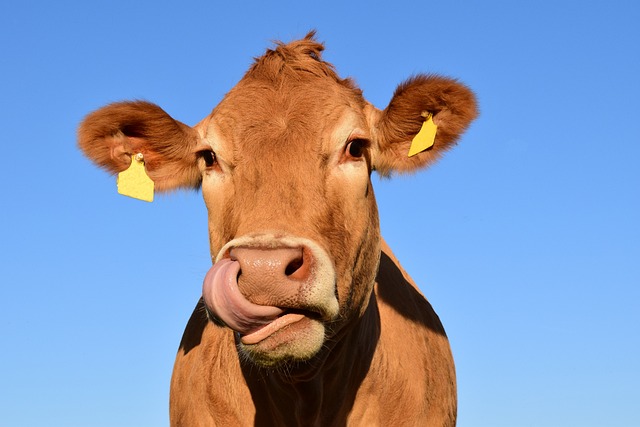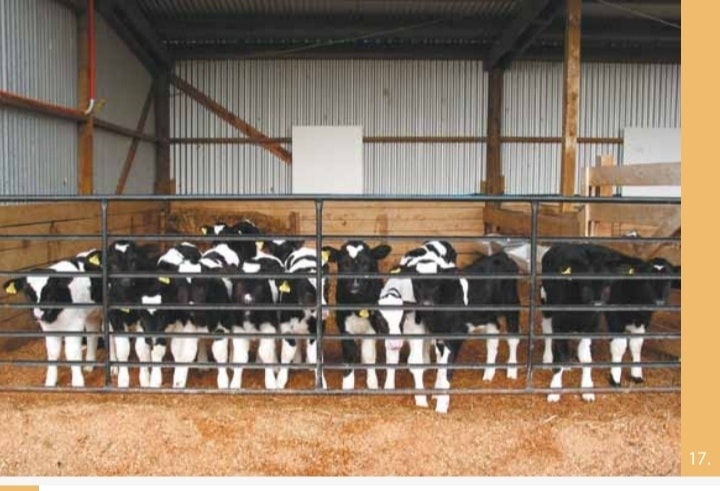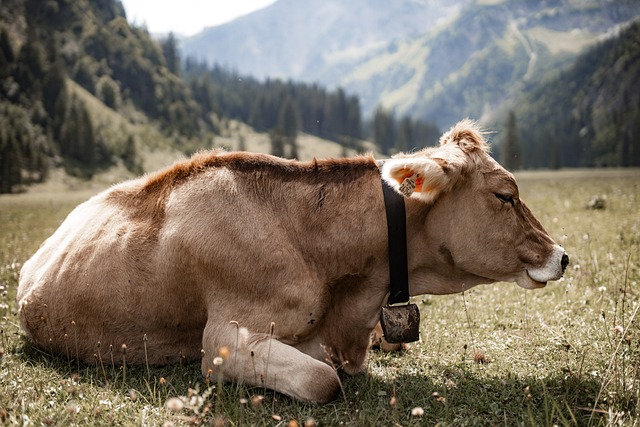Drying off is a critical process in dairy farming that involves the cessation of milk secretion in the cow’s udder. This process typically takes 4 to 10 days and is essential for preparing the cow for the next lactation cycle. Properly managing the drying off process is crucial for the cow’s health and for ensuring high milk production in the subsequent lactation. This article explores the different methods of drying off, the importance of feed and water management during this period, and the best practices to ensure the health of the cow.
Understanding Drying Off
Drying off occurs when the pressure of milk within the udder equals the blood pressure, leading to the cessation of milk secretion. This process allows the cow’s udder to rest and regenerate secretory tissue, which is essential for maintaining milk production in future lactations.
The drying off process can be achieved through various methods:
Methods of Drying Off
1. Complete Cessation of Milking:
The most effective method of drying off is the complete cessation of milking. This involves stopping milking entirely, allowing the milk to remain within the udder. The increased milk pressure negatively impacts the secretory tissues, gradually reducing and eventually stopping milk secretion. The residual milk left in the udder is slowly reabsorbed by the cow’s body. This method is the fastest and most reliable way to dry off cows, as it minimizes the risk of complications like mastitis, a common infection of the udder.
2. Intermittent Milking:
Another method is intermittent milking, where cows are milked once a day for about a week before stopping milking entirely. The increased interval between milkings exerts pressure on the secretory tissues, leading to a gradual decline in milk production and ultimately stopping milk secretion. Although this method can be effective, it is slower than complete cessation and may pose a higher risk of mastitis if not managed properly.
3. Incomplete Milking:
In this method, cows continue to be milked regularly but incompletely, leaving a larger amount of residual milk in the udder. This residual milk exerts pressure on the secretory tissues, gradually reducing milk synthesis until it eventually stops. However, this process is time-consuming and may lead to higher incidences of mastitis flare-ups due to the presence of milk residue in the udder.
Among these methods, complete cessation is generally considered the best approach for drying off, as it provides the quickest and most reliable results with a lower risk of udder infections.
Feed and Water Management During Drying Off
Regardless of the drying off method used, proper feed and water management is essential to facilitate the process and support the cow’s health.
1. Feed Restriction:
Reducing the cow’s nutrient intake helps to decrease milk production, making the drying off process easier. It is recommended to eliminate concentrates from the cow’s diet about two weeks before drying off. Concentrates are energy-dense feeds that can stimulate milk production, so their removal helps in reducing milk output. Additionally, switching to a lower energy diet consisting primarily of forages can help to slow down milk production naturally.
2. Water Restriction:
Limiting water intake is another important aspect of managing the drying off process. Reducing water availability 3 to 4 days before drying off helps to decrease milk secretion. However, care must be taken to avoid dehydration, and water should be reduced gradually rather than abruptly.
Monitoring and Post-Drying Off Care
After the drying off process, it is crucial to monitor the cow closely to ensure that the udder is involuting properly, which means it should not be swollen or inflamed. Here are some important points to consider:
1. Observation:
Cows should be observed for at least two weeks after drying off to ensure there are no complications such as udder infections or mastitis. Any signs of hard, swollen quarters should be addressed immediately by milking out the affected quarter to remove bacteria and toxins responsible for inflammation.
2. Antibiotic Infusion:
If necessary, cows may be treated with dry cow therapy, which involves infusing antibiotics into the udder to prevent or treat infections during the dry period. After milking out any inflamed quarters, antibiotics should be infused, and the teats should be dipped in a disinfectant solution to prevent further infections.
Conclusion
The drying off process is a vital part of dairy cow management that ensures the cow is prepared for the next lactation cycle. By choosing the appropriate drying off method, managing feed and water intake, and closely monitoring the cow during and after the process, farmers can minimize health risks and promote optimal milk production in future lactations. Complete cessation of milking is generally the preferred method, but regardless of the method chosen, careful management is key to a successful drying off process.






So useful And educative